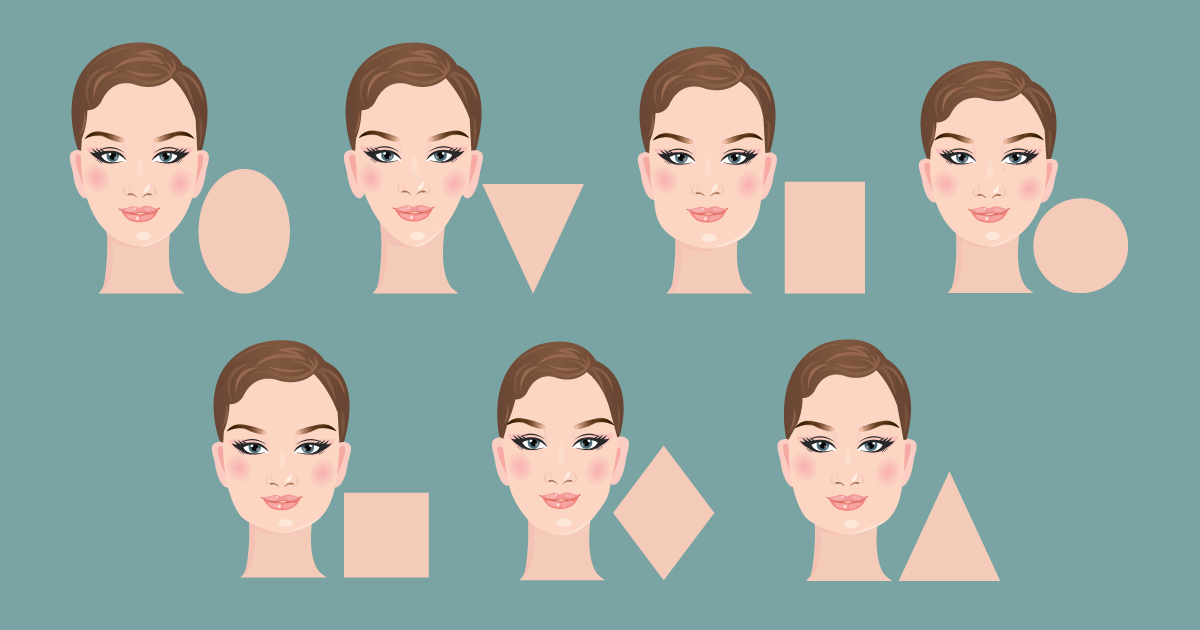
Fibroblast growth factors (FGFs) participate in the differentiation, cell proliferation, migration, and regulation of normal bone morphogenesis. These mutations may be clinically syndromic or non-syndromic. FGFR plays an integral in the abnormality, although the exact etiology remains unclear at this time. Genetic abnormalities such as Fibroblast Growth Factor Receptor type-2 ( FGFR-2), FGFR-3, twist homolog-1 ( TWIST1), and ephrin-B1 ( EFNB1) gene mutations may predispose an infant to craniosynostosis. Unilateral premature mineralization of the coronal suture in infants results in anterior plagiocephaly, a related skull deformity. Bilateral premature mineralization of the coronal sutures leads to bi-coronal craniosynostosis, referred to as anterior brachycephaly. Premature abnormal mineralization of the cranial sutures, which can occur between the calvaria bones, results in craniosynostosis. The bones of the calvaria are established by intramembranous ossification, which involves direct mineralization of mesenchymal connective tissue without the need for a transitional cartilaginous component. The bones that constitute the chondrocranium mineralize by endochondral ossification, which is the replacement of cartilage by the bone matrix. The neurocranium consists of the cranial vault (calvaria) and the chondrocranium (skull base).

The neurocranium forms a protective shell surrounding the brain and the brain stem, while the facial bones form the viscerocranium (or facial skeleton). The skull consists of the neurocranium and the viscerocranium (also known as splanchnocranium). īrachycephaly Due to Craniosynostosis (Synostotic Brachycephaly) This may be attributable to prolonged labor or intrauterine fetal head constraint due to factors such as abnormal intrauterine position, multiple gestations, oligohydramnios, and congenital or acquired structural anomalies of the uterus. Positional brachycephaly may also be observed at the time of birth in some infants. Ī unilateral flattening of the occipital bone in infants may result in deformational plagiocephaly, a related positional skull deformity. The frequent practice of placing an infant in a supine sleeping position can lead to a symmetrical flattening of the occipital bone resulting in positional or deformational brachycephaly. As a result, a newborn skull retains its ability to mold in the initial months of life and is, therefore, susceptible to the deformational effects of external force. This ensures the essential event of volumetric growth and development of the brain postnatally. The cranial sutures or fibrous joints that separate the cranium bones do not fuse or ossify at birth. Positional (non-synostotic)/Deformational Brachycephaly Craniosynostosis refers to the premature mineralization and fusion of one or more of these fibrous joints, which occur between the bones of the calvaria before the completion of brain growth and development in infants. The anterior fontanelle typically closes by 2.5 years of age, while the posterior fontanelle normally closes by 2 to 3 months of age.

Paired squamosal sutures separate paired temporal bones on either side of the calvaria from the two parietal bones, and a lambdoid suture which includes the posterior fontanelle (future lambda), separates a single occipital bone from the two parietal bones. A coronal suture separates the two parietal bones from the two frontal bones, which includes the anterior fontanelle (future bregma). There are two frontal bones separated by a metopic suture and two parietal bones separated from each other by a sagittal suture. The cranial vault or calvaria in infants comprises several bones separated by fibrous joints or cranial sutures. The infant skull has the dual function of providing protection for the brain in addition to allowing for its volumetric growth and development. However, brachycephaly in infants can also occur due to the phenomenon of craniosynostosis. This appears to be related to the introduction of the measure of infant supine sleep positioning by the American Association of Pediatrics as a means to prevent sudden infant death syndrome (SIDS). The incidence of infant positional skull deformities has been on the rise since 1992. Brachycephaly may be positional (non-synostotic) or synostotic.

Infants with this form of skull deformity have a flattening of the cranium's occipital aspect consequently, there is an apparent shortening of the skull in the anteroposterior dimension (length). The term "brachycephaly" is derived from the Greek words "brakhu" (short) and "cephalos" (head), which translates to "short head." Brachycephaly is an infant skull deformity characterized by a lower-than-normal ratio of the skull's length to its width.


 0 kommentar(er)
0 kommentar(er)
